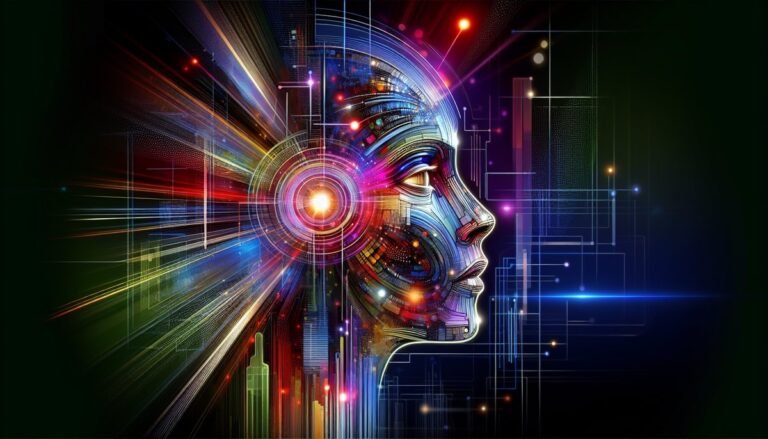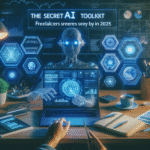Sam Altman’s Vision: The Disconnect Between AI and Traditional Computers
In a recent statement that sent ripples through the tech world, OpenAI CEO Sam Altman boldly asserted that “current computers were designed for a world without AI.” This provocative claim challenges the conventional view of technological evolution, especially as Altman simultaneously suggests that achieving Artificial General Intelligence (AGI) won’t necessitate new hardware. The dichotomy in his statements reflects a broader conversation about the readiness of existing computer systems to handle the demands of advanced AI technologies.
The Hardware Conundrum: Are We Ready for AGI?
Altman’s observations spotlight a fundamental dilemma: while today’s hardware can support AI’s rapid growth, it may not be optimized for future demands. Current processors, designed for traditional tasks, might struggle under the weight of complex AI computations. Yet, Altman believes AGI, a system with the cognitive capabilities comparable to humans, won’t require a complete overhaul of existing hardware. This raises intriguing questions about whether AI developers can optimize current systems to push the boundaries of what AI can achieve or if a paradigm shift in hardware design is inevitable.
Bridging the Gap: Software Innovation as the Key
The solution may lie not in overhauling hardware but in innovative software techniques that maximize existing capabilities. Altman’s stance suggests a future where software advancements bridge the gap between AI’s potential and hardware limitations. Techniques like quantum computing and more efficient algorithms could be pivotal. By enhancing how current systems process and interpret vast amounts of data, these innovations could enable AI to grow exponentially without immediate hardware changes.
The Implications for AI Development
Altman’s comments have sparked a broader discourse about the trajectory of AI development. If current hardware can indeed support AGI, this could accelerate the pace of AI integration across industries, reducing costs and barriers to entry. However, if new hardware becomes necessary, this might slow progress and concentrate AI advancements within more technologically advanced regions. Altman’s insights compel developers and policymakers alike to rethink strategies for AI’s future, weighing immediate capabilities against long-term aspirations.
What’s Next?
The conversation initiated by Sam Altman about AI and current computer systems underscores a pivotal moment in tech evolution. As AI technologies continue to advance, understanding the balance between existing hardware and innovative software becomes crucial. Developers and researchers must navigate this landscape carefully, ensuring that the potential of Sam Altman AI Computers is fully realized without compromising on technological integrity or accessibility.






